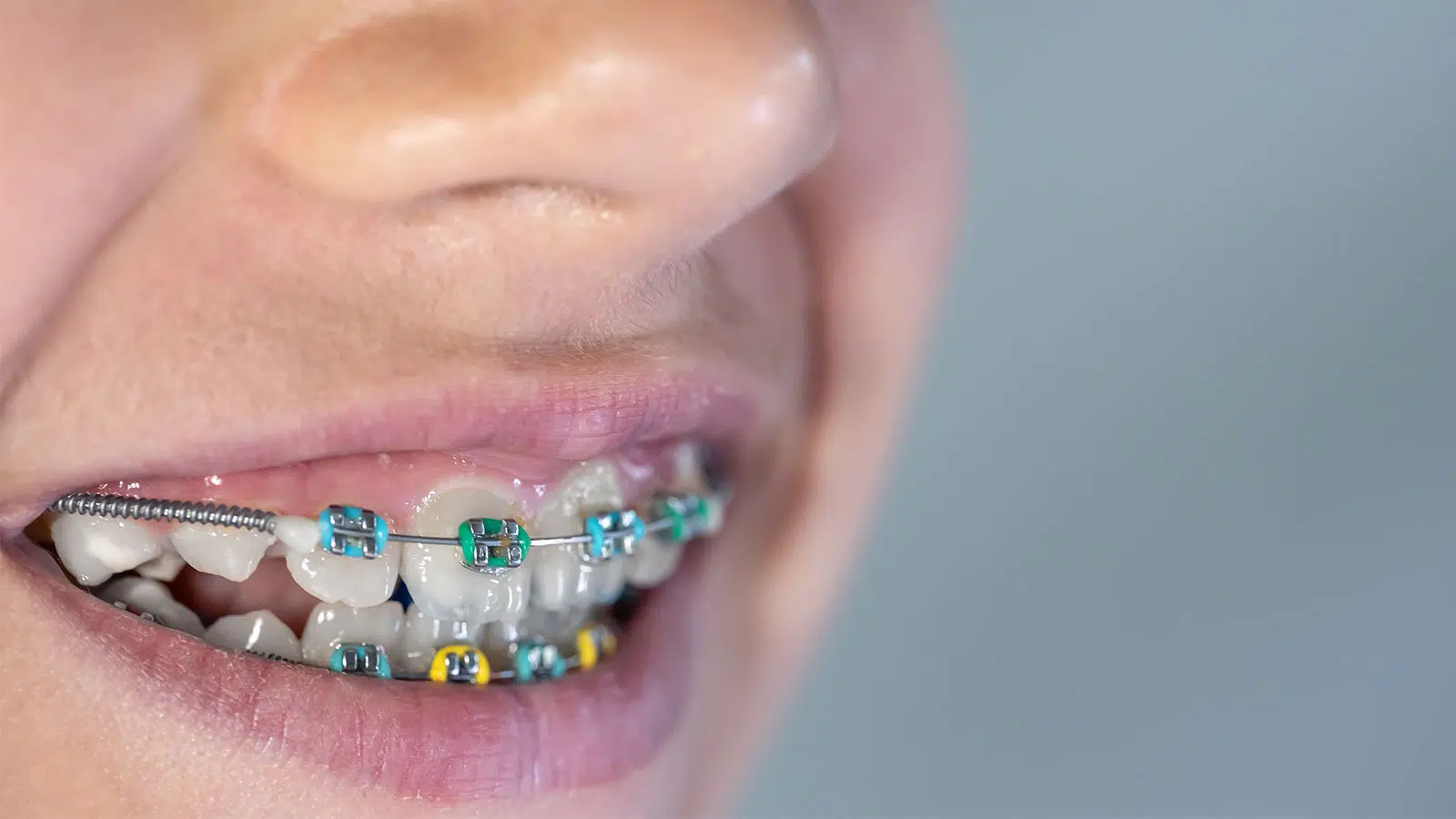Traditional Metal Braces
Description: These are the most common type of braces. They consist of metal brackets that are attached to the teeth, connected by wires and rubber bands. The wires are adjusted periodically to straighten the teeth.
Advantages:
- Highly effective: Can correct even severe dental issues, including crooked teeth, overbites, and underbites.
- Durable: Made from strong materials that can withstand significant force.
- Cost-effective: Generally more affordable than other orthodontic treatments.
Ceramic Braces
Description: Similar to traditional metal braces, but the brackets are made of clear or tooth-colored ceramic material, making them less noticeable.
Advantages:
- Aesthetic appeal: Less visible than metal braces, making them a popular choice for adults and teens.
- Effective: Just as effective as metal braces in treating complex dental issues.
- Comfortable: Smooth brackets are often more comfortable than metal.
Lingual Braces
Description: These braces are placed on the inside (lingual side) of the teeth, making them completely hidden from view.
Advantages:
- Invisible: The most discreet option for those who don’t want others to see their braces.
- Effective: Can treat a wide range of orthodontic issues.
- Customizable: Tailored to each patient’s mouth for optimal comfort and performance.
Clear Aligners (e.g., Invisalign)
Description: Clear, removable trays that gradually shift the teeth into the desired position. They are custom-made from a clear plastic material.
Advantages:
- Aesthetically pleasing: Nearly invisible, making them a popular choice for adults.
- Removable: Can be taken out for eating, drinking, and cleaning, offering more flexibility.
- Comfortable: No metal parts to cause irritation.
- Fewer office visits: Often requires fewer check-ups compared to traditional braces.


